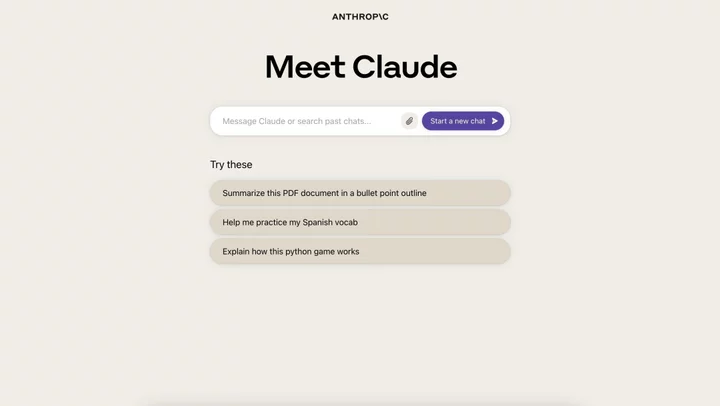Your blog can take on a new social-media life of its own if you publish it on WordPress.com. This commercial version of the open-source web publishing platform WordPress now offers an ActivityPub option to turn a blog into a fediverse presence on Mastodon and other federated social networks operating on the open standard.
A post Wednesday from Matthias Pfefferle, a developer at WordPress.com’s parent firm Automattic, explains that this goes beyond previous one-way sharing options such as the Twitter-sharing tool the company dropped in April after steep hikes in Twitter API-usage charges.
“Your WordPress blog can now become a profile for the fediverse,” Pfefferle says. And not only does the blog post get published to Mastodon and elsewhere, replies from fediverse readers make it back to the original post “as comments on your blog post, creating a synchronized and interactive experience.”
This feature is already available in the free and two cheaper paid versions of WordPress.com, while two higher-end commercial options require installing the ActivityPub plug-in. That add-on is also available for sites running other versions of WordPress–which means some 43% of sites can, in theory, adopt it.
Activating this requires a click of an “Enter the fediverse” button in the Discussion settings–under the Settings menu in the left-hand rail in your admin dashboard. You should then see a long and somewhat awkward fediverse identifier, consisting of two copies of your blog’s domain name separated by an @ symbol, which you can then copy to share from your own Mastodon or other ActivityPub account.
When I tried this with my ownWordPress.com-hosted blog, however, that identifier lacked the required @ prefix that would left it recognizable to Mastodon clients as a fediverse presence: “robpegoraro.com@robpegoraro.com,” instead of “@robpegoraro.com@robpegoraro.com.”
As I said, somewhat awkward. But once I edited my Mastodon post announcing this option to correct that handle, my blog self appeared as just “@robpegoraro.com.”
That profile shows a creation date of April 5, 2011 (almost five years before Mastodon’s 0.10 debut, that’s when I opened my WordPress.com account so I’d have someplace to announce my imminent exit from The Washington Post) and approximately 1,300 posts (I have written a lot there in my free time, but only new posts I publish on my blog will appear under this Mastodon account). Clicking a “Browse more on the original profile” link takes me back to the blog itself.
Mastodon took an early lead among Twitter alternatives after Elon Musk’s takeover of Twitter and subsequent chaotic stewardship of the company now called "X" began alienating some of that service’s longtime users. The invite-only Bluesky has since begun attracting its own set of Twitter refugees with a simpler interface than Mastodon and its own decentralized architecture. Yet another option, Meta’s Threads, operates as a traditional centralized network but plans to connect to the fediverse via ActivityPub later on.









